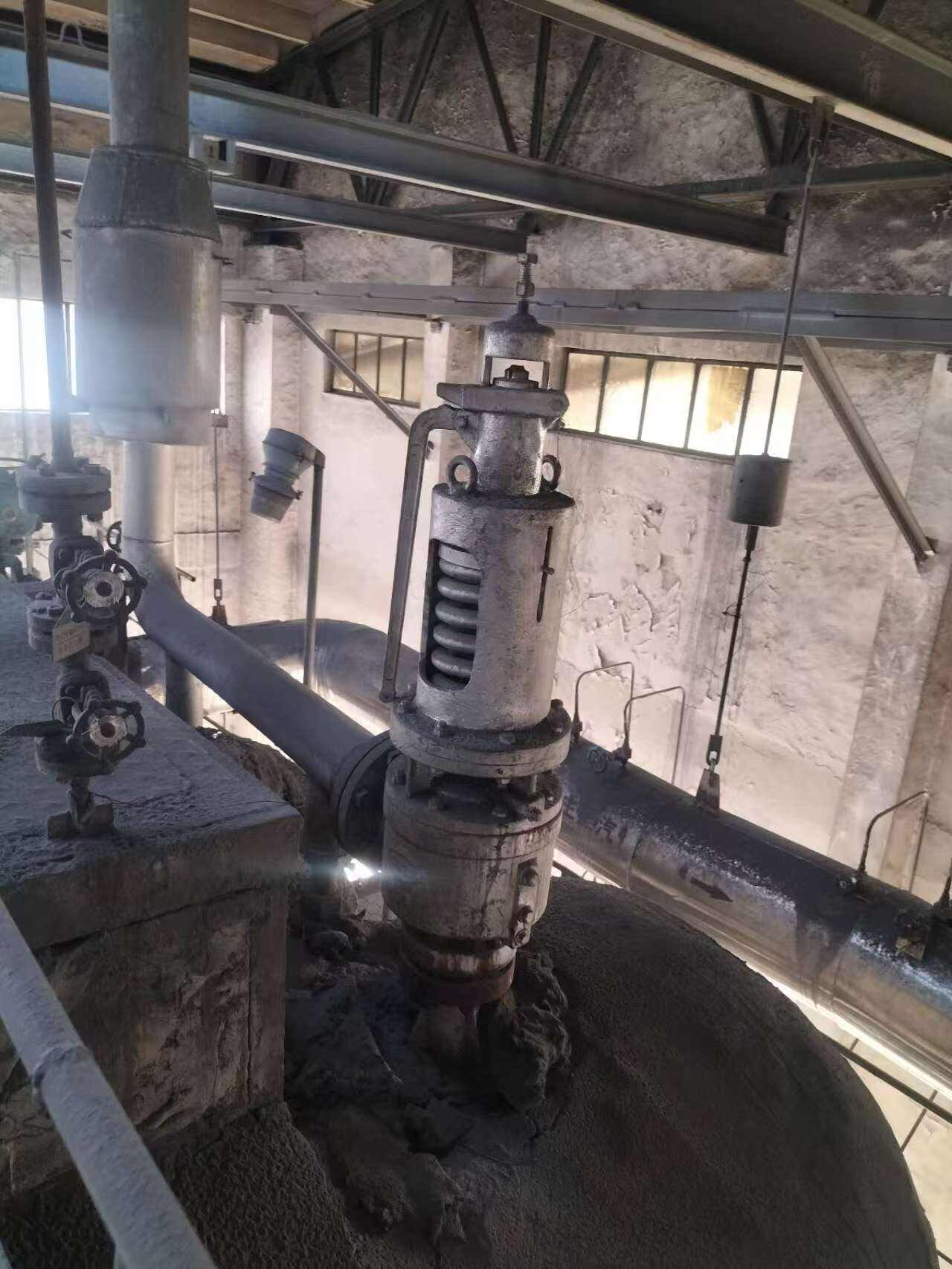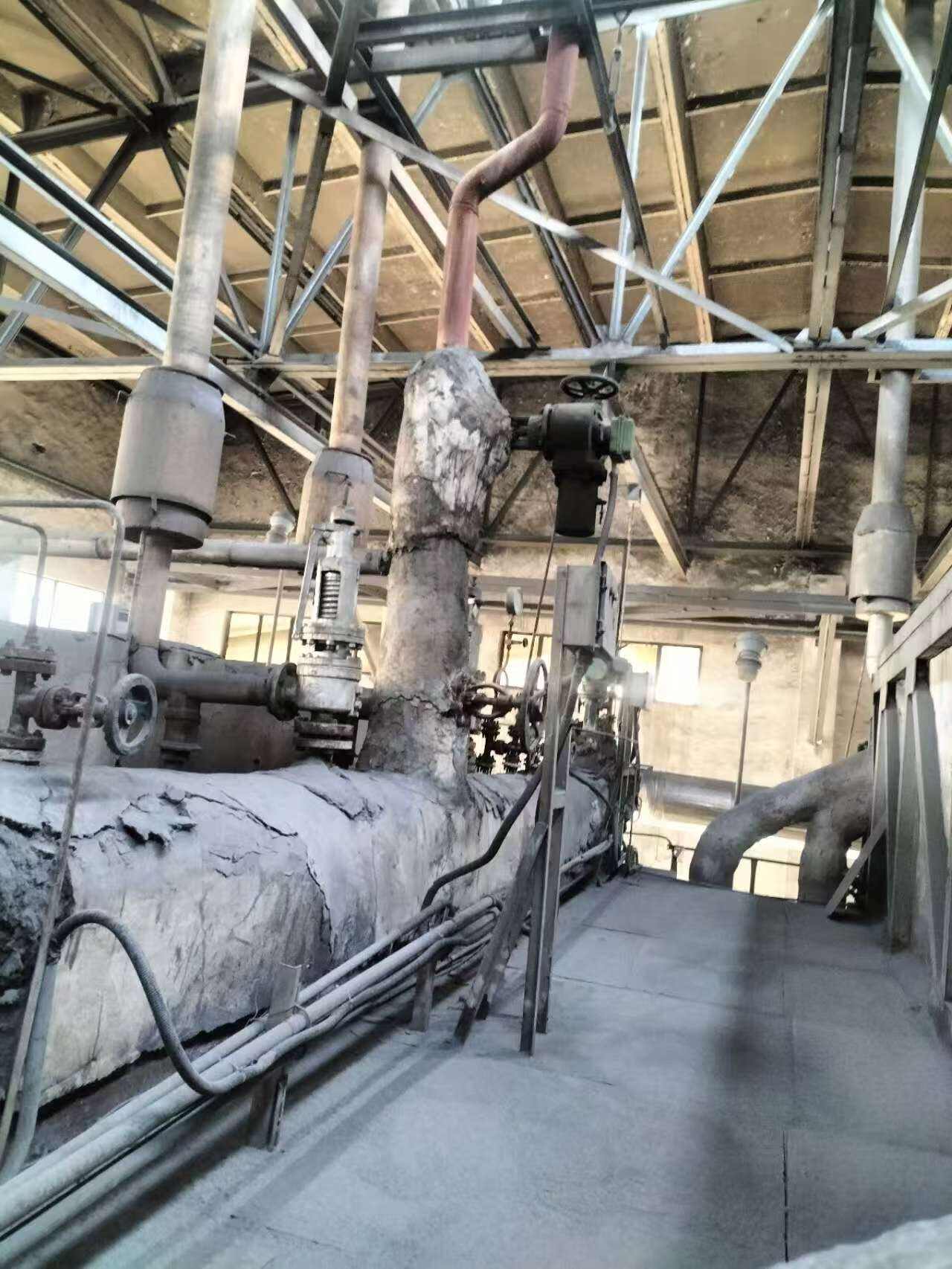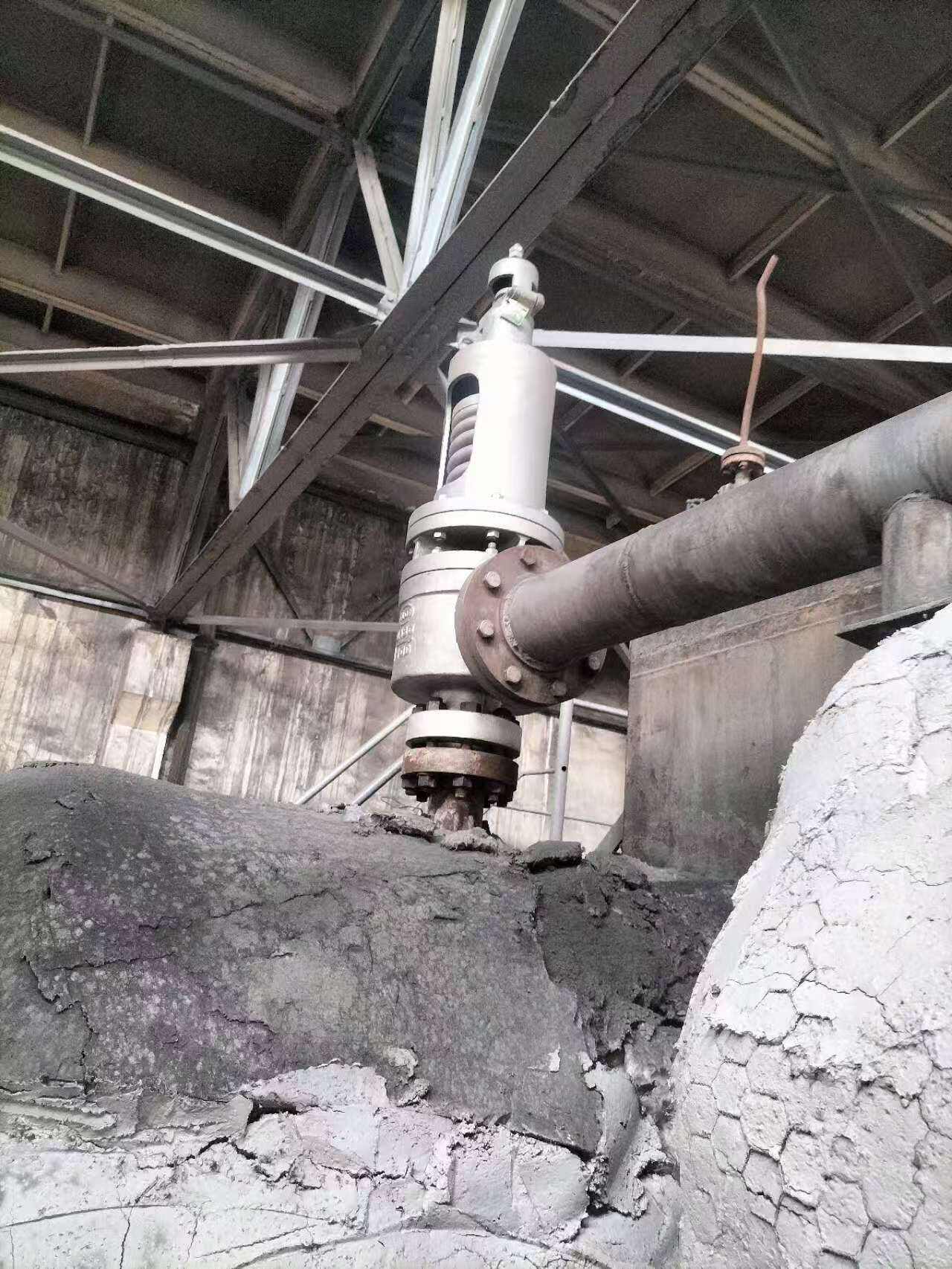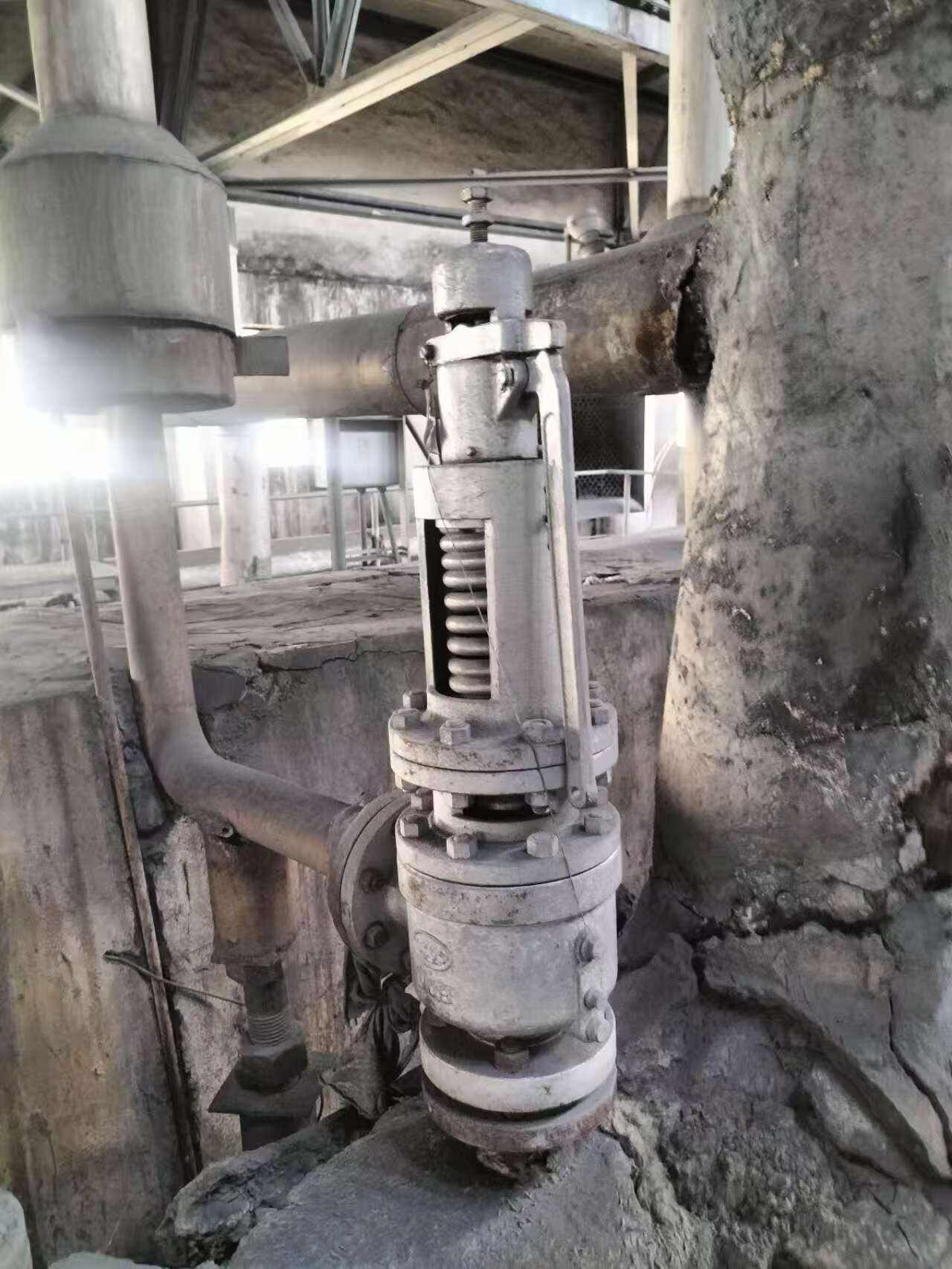Safety valves are critical components in power plants, acting as the final line of defense against overpressure in boilers, turbines, and steam piping systems operating at extreme temperatures (e.g., 530°C) and pressures . Their reliable performance is indispensable for maintaining continuous power generation while safeguarding personnel and infrastructure.
Material degradation and thermal expansion
In high-temperature steam environments, material degradation and thermal expansion are primary concerns. Safety valves must be constructed from alloys capable of withstanding prolonged exposure to heat and corrosion.
Proper installation is equally critical. Valves must be positioned to minimize piping stress and ensure unrestricted flow during relieving events.
Challenges in High-Temperature Environments
Material Degradation: Prolonged exposure to steam at 530°C can cause carbide precipitation in stainless steels, reducing ductility. Regular ultrasonic thickness measurements and metallurgical analysis are used to detect microstructural changes .
Thermal Expansion: Differential expansion between valve components and piping may lead to misalignment. Flexible bellows and thermal insulation are employed to absorb thermal stresses .
Industry Standards and Compliance
Safety valves in high-temperature steam systems must adhere to rigorous standards:
ASME BPVC Section VIII Division 1 mandates pressure testing (e.g., 1.5× design pressure) and material certification for pressure-containing components .
API 520 Part 1 specifies sizing methodologies for relieving capacity, ensuring valves can handle worst-case scenarios (e.g., turbine trip-induced overpressure) .
API 521 provides guidelines for depressurization system design, emphasizing redundancy and fail-safe configurations .
Conclusion
Reliable safety valve performance in high-temperature steam systems is a cornerstone of power plant safety and efficiency. By integrating material science, online testing technologies, and risk-based maintenance strategies, operators can minimize downtime, reduce costs, and ensure regulatory compliance.



